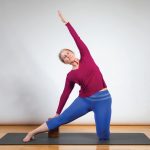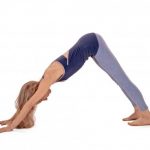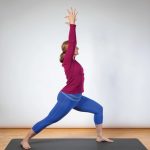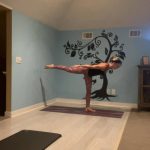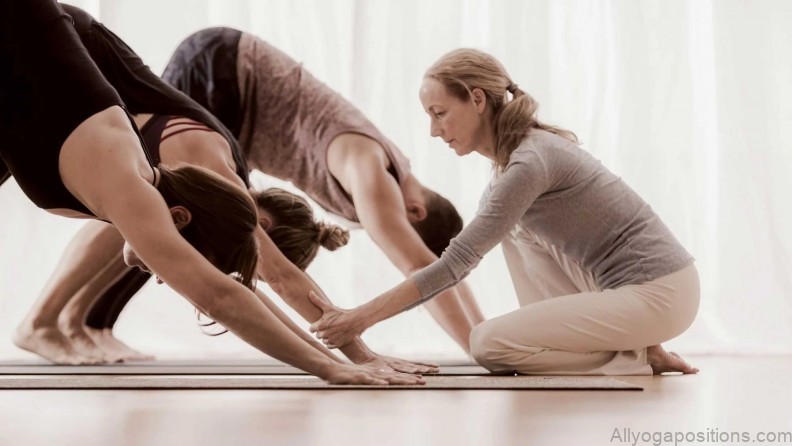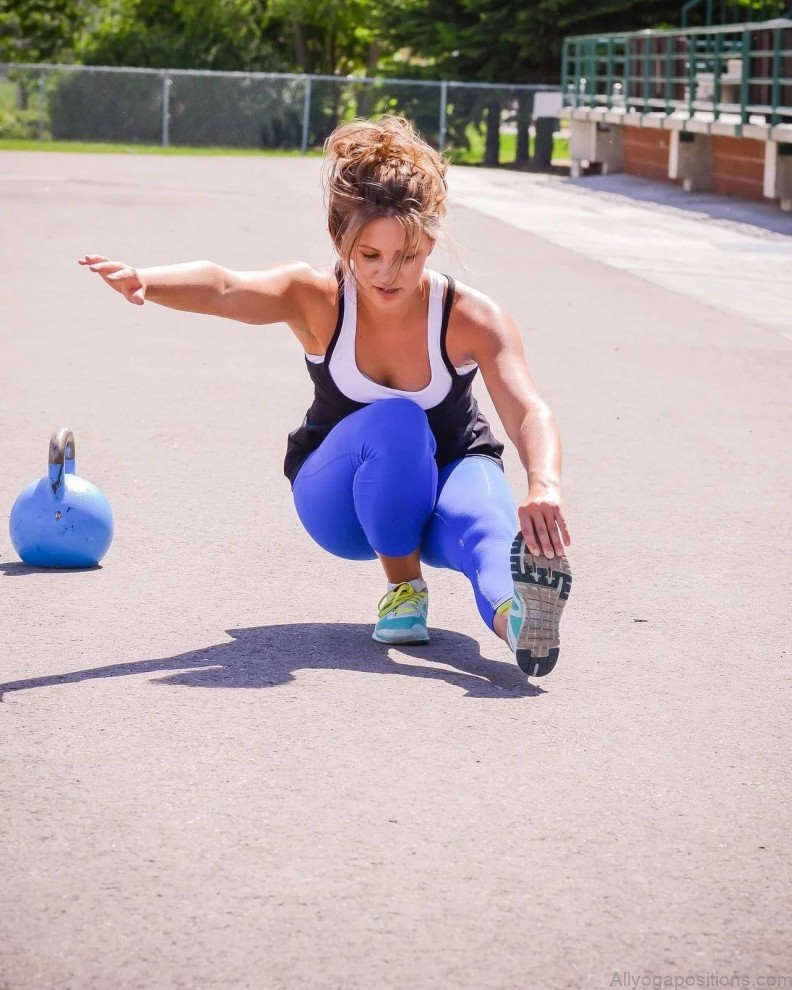Understanding Padahastasana
At the core of the vast universe of yoga asanas or poses is the Padahastasana, one of the 12 basic asanas in Hatha Yoga. It is often referred to as the ‘Standing Forward Bend’ or ‘Hand to Foot’ pose in English, giving an accurate hint about the pose’s composition. ‘Pada’ translates to foot, ‘Hasta’ means hand, and ‘asana’ means posture. Together, they vividly illustrate a posture where the hands are brought down to touch the feet.
Padahastasana is a versatile asana that both beginners and advanced practitioners can incorporate into their routines. This posture is a staple in many yoga sequences, particularly in Surya Namaskar (Sun Salutation) where it is used as a transition and grounding pose.
The primary purpose of Padahastasana is to stretch and strengthen your body. It fosters the perfect balance between flexibility and strength. Regular practice can help invigorate your body, increase your agility, and create a harmonious connection between your mind, body, and spirit.
Benefits of Padahastasana
The Padahastasana pose is much more than just a simple forward bend. When practiced with focus and precision, it can deliver a multitude of health benefits.
Firstly, it acts as a powerful stretch for your entire posterior chain of muscles – from your calves and hamstrings up through your glutes and into your back. This can help improve flexibility, a cornerstone of physical fitness often overlooked. Greater flexibility can aid in the prevention of injuries and enhance overall movement efficiency.
Additionally, it helps in strengthening the thighs and knees, making your lower body stronger and more resilient. It also activates the abdominal muscles, promoting a stronger core which is crucial for overall body strength and stability.
From a mental health perspective, Padahastasana encourages blood flow to the brain, which can help alleviate stress, anxiety, and depression. The forward-bending nature of the pose also promotes a sense of calm and helps in soothing the nervous system, bringing about a state of relaxation and tranquility.
Moreover, Padahastasana is excellent for your digestive system. It stimulates the liver and kidneys, improves digestion, and can alleviate problems like constipation.
Embrace the Journey to Flexibility and Strength: A Deep Dive into the Padahastasana Yoga Pose Photo Gallery
Steps to Master Padahastasana
Now that we’ve covered the many benefits of Padahastasana, let’s move on to how you can master this pose. Remember, it’s not about perfection; it’s about progress.
Stand tall on your mat, feet hip-width apart and arms by your sides. This is known as Tadasana, or Mountain Pose.
Inhale deeply, and as you exhale, slowly bend your torso forward from your hips, keeping your spine long and straight.
Aim to touch your hands to the floor on either side of your feet. If your flexibility doesn’t allow this, don’t worry. Simply bend your knees or place your hands on your shins or ankles.
Rest your chest on your thighs and your nose on your knees. If you can’t get there yet, don’t force it. Yoga is a journey, and each practice brings progress.
Hold this pose for 30-60 seconds initially, gradually increasing as your practice progresses.
To release the pose, bend your knees, inhale, and slowly rise back to Tadasana.
Contraindications & Precautions
Although Padahastasana is a generally safe pose for most practitioners, it’s crucial to be aware of contraindications and precautions.
People with back problems, particularly sciatica, disc disorders, or those who have undergone recent abdominal or back surgery, should avoid Padahastasana unless permitted by their healthcare provider. Additionally, those with high blood pressure, heart problems, or glaucoma should approach this pose with caution.
Pregnant women, especially in their second and third trimesters, should avoid Padahastasana due to the pressure it exerts on the abdomen. If you feel dizzy or lightheaded in the pose, come out of it slowly and rest.
Always listen to your body and never push into pain. It’s more beneficial to do a less intense version of the pose with proper alignment than to force your body into the full expression of the pose.
Advancing Your Padahastasana Practice
As with any yoga pose, regular practice will naturally help you progress and deepen into Padahastasana. Here are a few tips to advance your practice:
Use a Prop: If you find it challenging to touch the floor while keeping your legs straight, use a yoga block. Place the block in front of your feet and rest your hands on it. As your flexibility increases, you can lower the height of the block.
Engage Your Muscles: To protect your lower back, make sure you are engaging your thigh muscles and pulling up your kneecaps. This engagement will also allow you to bend further.
Practice Complementary Asanas: Incorporating poses that open your hips and hamstrings, like Paschimottanasana (Seated Forward Bend) and Anjaneyasana (Low Lunge), can help you get deeper into Padahastasana.
In conclusion, the Padahastasana pose is a wonderfully beneficial and challenging asana that can bring about physical, mental, and emotional balance. Approach it with patience, persistence, and a sense of self-awareness. Remember, the essence of yoga is not about touching your toes; it’s about what you learn on your way down. Happy practicing!
Table of Contents
Maybe You Like Them Too
- Mastering Virabhadrasana A: The Warrior Pose of Empowerment
- Embracing the Essence of Wide Legged Forward Bend: A Deep Dive
- Unlocking the Power of Prasarita Padottanasana: The Wide-Legged Forward Bend
- The Power and Elegance of the Wide Legged Forward Bend II Yoga Pose
- Mastering the Warrior II Pose: A Deep Dive into Its Benefits and Techniques

